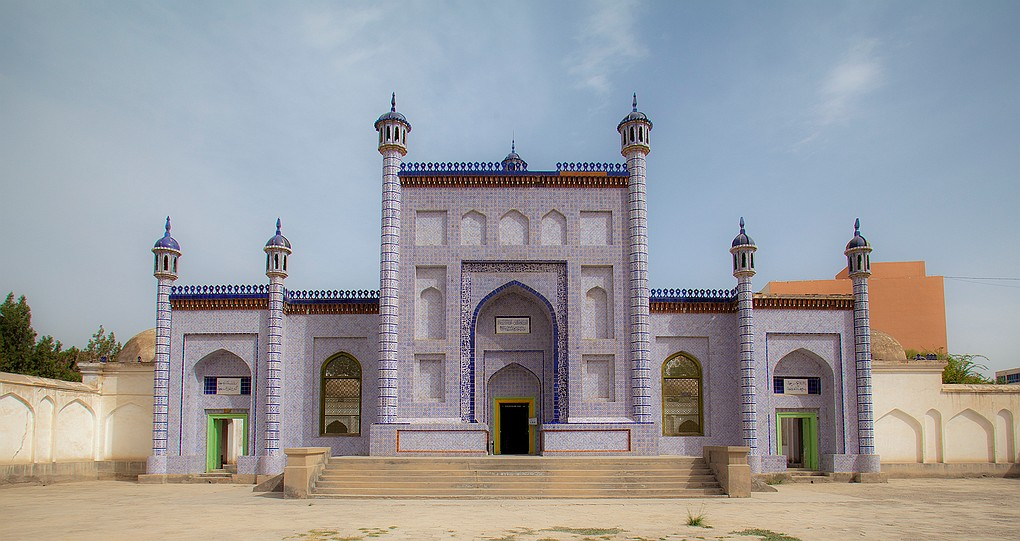Uyghur Buddhist Literature
Uyghur
Buddhist Literature
Uyghur Heritage
Uyghur Buddhist texts predominantly bear elements
of Mahāyāna Buddhism, though some works also reflect Hīnayāna Buddhist
influences. The Uyghurs in Turfan replaced their original Old Turkish script
with the Sogdian alphabet. Uyghur Buddhist monks and scholars made significant
efforts to translate Buddhist scriptures from languages such as Tocharian,
Chinese, and Tibetan into their own language.
More than twenty extant Buddhist sutras and other works are translated into Uyghur. The main works among them include:
- Suvarna-prahhāsa-uttamarāja sūtra (the Golden-Light Sutra; altun
önglüg yaruq yatrïqlïγ qopda kätrülmïš nom iligi atlïγ nom bitig): This sutra was found in Qiuquan, Gansu Province by the Russian
Malov in 1910.
- Bodistw taito samtso ačarining yorïgïn uqïtmak atlïγ tsi in čüin
tigmä kwi nom bitig (Biography of Xuan Zang): This work was discovered in 1906.
- Kuan-ši-im pusar (The Lotus Sutra)
- Linhua čäčäk üzäki itigi yaratïγi atliγ sudur nom bitig
- Kimqoqi (the Diamond Sutra, vajiracchedika sutra)
- Maitrisimit: This Buddhist drama manuscript was found in Turfan at the beginning of the 20th century, and another copy was discovered in 1959.
These works illustrate the rich tradition of
Buddhist scholarship and translation activities among the Uyghurs, highlighting
their contribution to preserving and disseminating Buddhist literature
(Tang, p. 37).
References:
Tang, Li. (2005). A History of Uighur
Religious Conversions (5th - 16th Centuries).
Asia Research Institute, National University of Singapore




Comments
Post a Comment